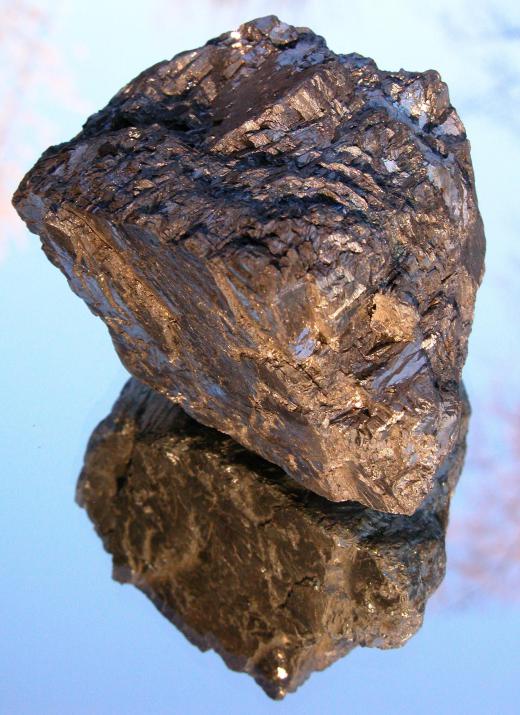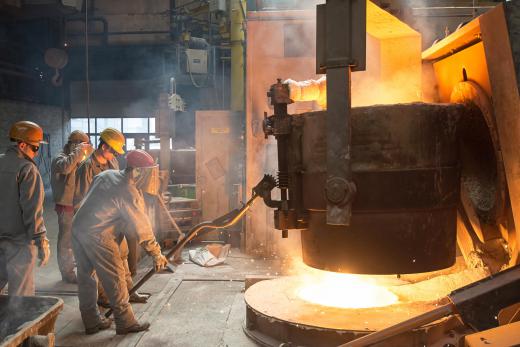Iron ore is essential to the production of steel and a wide range of other products involving the use of different types of iron as a basic ingredient. As with most types of metals, the price of iron ore is subject to a number of factors, including shifts in demand, the current available supply and even political issues that may restrict the delivery of the ore to buyers. For this reason, businesses that rely on the iron ore industry often pay close attention to those price movements, as those changes will also have an impact on the level of revenue those businesses can expect to generate.
One of the key factors that affect the price is demand. There are several factors that can serve to either boost or decrease that demand, including the state of the economy. The shift will often occur in the demand for the products made using the ore. For example, if building construction decreases due to a period of recession, this means that companies manufacturing steel goods used in construction will have to curtail operations. As a result, they will purchase less iron ore, prompting suppliers to lower prices in an attempt to move the ore and avoid carrying a large inventory or temporarily shutting down a part of the operation.

Supply also plays a role in determining the price of iron ore. When the supply on hand is less than the demand, buyers are willing to pay more for the raw material in order to secure enough product to keep their business operations going and filling their customer orders. At the same time, when the supply on hand greatly exceeds the current demand, there is a good chance that ore producers will lower the price of iron ore in order to motivate buyers to purchase more now in anticipation of upcoming projects that may materialize.

Shifts in the political scene can also have some impact on the price of iron ore. New governments sometimes impose additional trade regulations that affect the ability to import or export the ore. When this is the case, investors may find that investing in options connected with the ore offers a lower return and may not be worth the time or effort to acquire or hold.
Quality will also pay a role in the price of iron ore that a particular supplier can command. Should that product be considered of inferior quality, possibly due to contamination, the ability to compete with other businesses with a reputation for providing ore that is of higher quality will be extremely difficult. As a result, that supplier will have to cut pricing in order to sell the ore, even if there is a fair amount of demand in the marketplace.
Typically, no one factor will serve as the sole reason for the current price of iron ore. In most instances, multiple events and trends will exert some degree of influence, either driving up the price or causing it to nosedive for a period of time. Paying close attention to those underlying factors and assessing how long they will be relevant is often helpful in planning when and how much ore to purchase at any given point in time.

